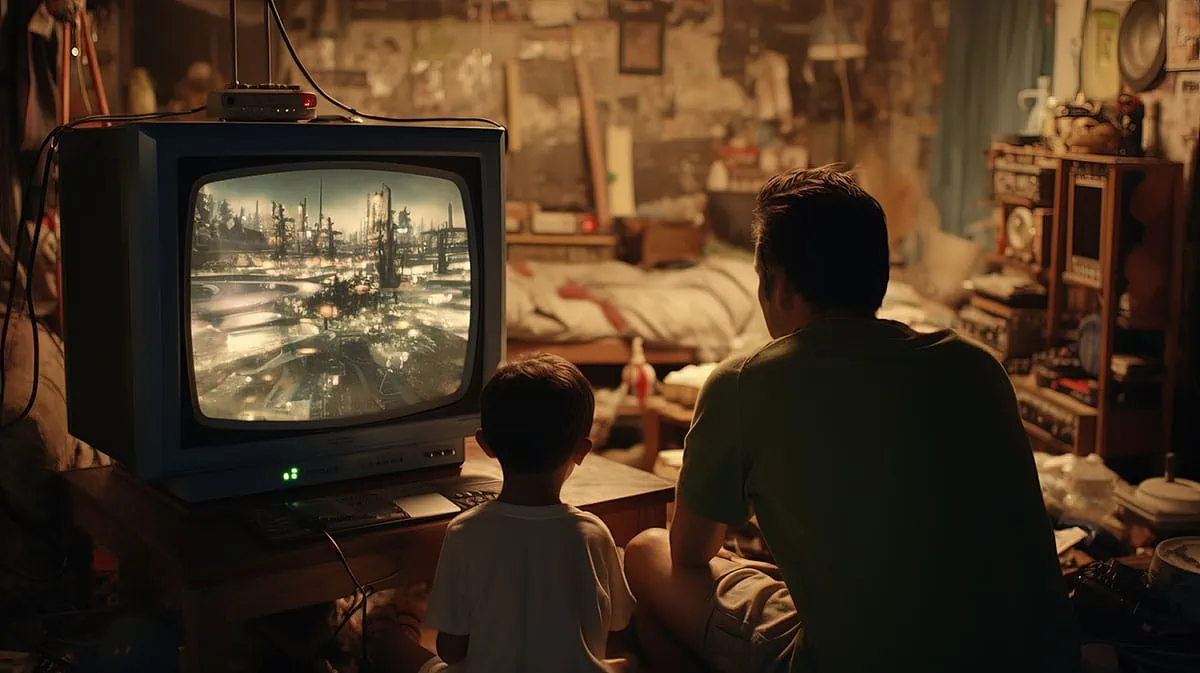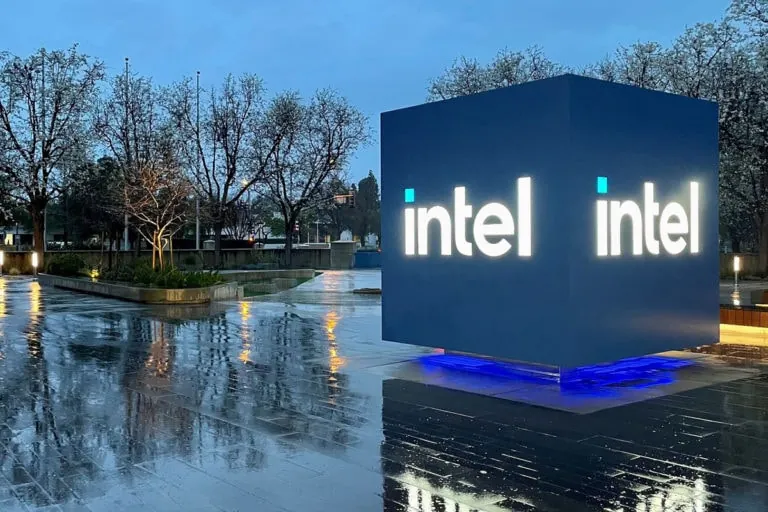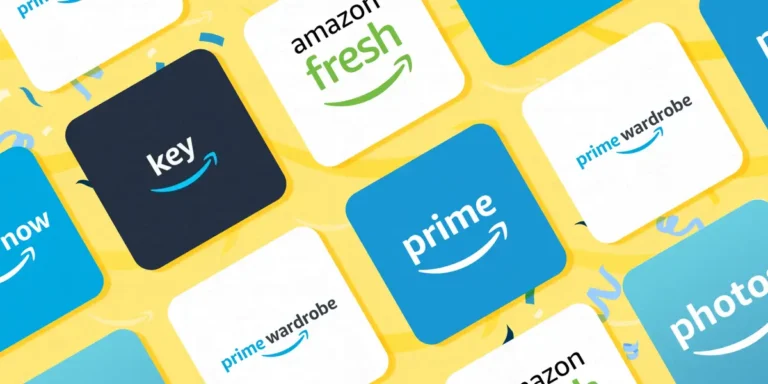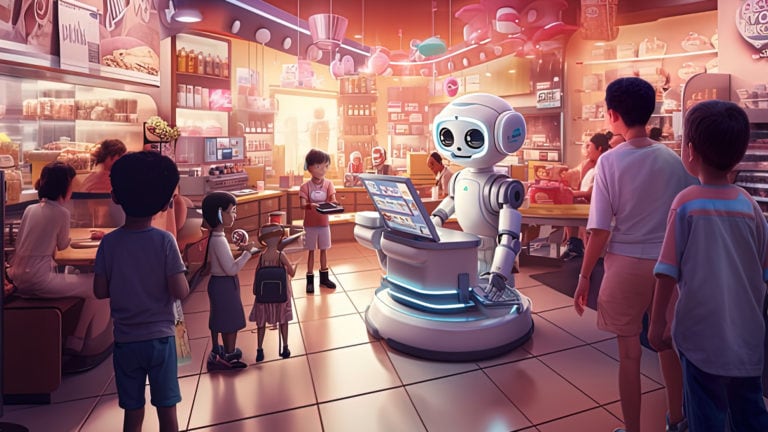Why Your Kids Are The Best Marketing Content Discovery Tool
Are you a parent who rolls your eyes whenever your kid wants to show you the newest viral trend? Or maybe you’re a marketer who thinks you’ve got the pulse of your target audience all figured out.
Well, have I got a revelation for you. What if I told you that paying attention to your kid could skyrocket your career or business?
I’m going to show you how my son was my best content discovery tool and how he transformed my content marketing in-game and brought me unparalleled success.
Key Takeaways (TLDR)
- Influenced by Kids: Engaging your kids’ interests can unlock invaluable insights.
- Tapping into Trends: Capitalizing on your children’s interests can boost ROI.
- Importance of Emotion: Youth culture is driven more by emotions than logic.
- Listen and Act: Listening, understanding, and strategically applying the insights is crucial.
- Golden Marketing Ticket: Engage with youth culture to bridge the generational gap.
The Story: Beginning At The End
First off, this isn’t a technique that you are going to implement overnight. It took me 14 years before it became effective.
But if you want to harness the invaluable tool of having your personal content discovery tool, then the sooner you start, the better.
I’ve spent a quarter of a century in branding and marketing, specifically in the gaming industry.
Right now, I’m in charge of branding and marketing at CyberPowerPC. It’s the biggest Gaming PC company in North America, which generates nearly half a billion dollars annually.
But as I got older, I noticed it became tougher to stay updated with what’s new and trending in the gaming world.
Being attuned to your audience is like having your finger on a magic button. Lose that and you might as well be shooting arrows in the dark.
Building A Lasting Friendship With Your Kids
Since gaming has been such an integral part of my life, I have made it a part of my son’s life since he was a child.
In the early days, it was probably just a child’s natural curiosity to mimic their parents. He would watch and ask questions about the game, and I’d explain the story to him as it unfolded.
As he got older, we played together more. At first, we worked together in games, but later, we started competing against each other.
Over time, he became naturally interested in the gaming world because I shared this hobby with him.
In fact, with today’s technology making information easy to get, he knows even more about gaming than I did at his age.
How My Son Influenced My Key Business Decisions
In 2013, when he was 14 years old, he began watching a streamer named Lirik on a new site called Twitch. TV.
He would show me a cool YouTube video of Lirik playing games every day. I got hooked and started watching twitch.tv as well. It reminded me of my younger days.
Inspired by my son’s interest, I was co-founder of a startup called Hellogamers, an advertising platform we had begun to develop for the Twitch streaming platform.
At that time, I was making the rounds at startup pitch competitions, and if you talked to any VC or tech executive, they had yet to learn what Twitch was, let alone care.
These VCs often dismissed my ideas, thinking they were just kid stuff. I was beginning to understand how kids must feel when their interests and ideas are brushed off as insignificant.
They didn’t realize how big Twitch would become, something kids like my son already recognized.
Then, in 2014, Amazon bought Twitch.tv for 1 billion dollars. Suddenly, everyone wanted to know more.
Soon after, I was invited to Y-Combinator. In this Silicon Valley startup accelerator program, I met with Sam Altman, the CEO of Reddit, and Justin Kan, the creator of Twitch.
Sadly, it didn’t work out, and soon after that, we exhausted all our remaining funding.
Leveraging My Son for Content Discovery
Since my startup died, I began working at CyberPowerPC as their new brand manager.
When I started, CyberPowerPC had around $70 Million in annual revenue, and its only gaming marketing efforts up to that point were sponsorships of some up-and-coming esports teams.
Among the many things I started tackling, such as the branding, social media posts, and the website, one thing I was particularly focused on was our influencer strategy.
Joey Wang, CyberPowerPCs marketing manager, and I began immediately building out our influencer marketing and our content creation strategy together.
Based on my son’s interests and recommendations. We began sponsoring influencers like Lirik and many others to create content.
Although the space was fairly new, identifying these key influencers and discovering their contact information on various social media sites and platforms would have been challenging.
However,, my prior year’s startup experience had drastically expanded my contact list of influencers and burgeoning agencies.
Some of these influencers were already sponsored by our main competitors, so I convinced our CEO that we needed to get these guys at any price and lock them down with long-term contracts.
Because we were capitalizing on this opportunity so early, we were soon cornering the market by taking a majority of the top talent from Twitch and YouTube for a fraction of what they cost today, well before most of our competitors even recognized an opportunity.
For the next five years, each of these influencer partnerships yielded anywhere between 800% to 1400% ROI annually.
Jumping Youth Culture Opportunity Before Anyone Else.
This was just one of hundreds of examples of how my son’s interests have driven my content marketing strategies and business decisions.
When he took an interest in Anime (Japanese Animation), so did I, and it convinced me to break away from traditional gaming tradeshows such as E3 and PAX.
I put all our event investments into the Anime Expo, held annually at the Los Angeles Convention Center.
Today, The Anime Expo is North America’s largest industry tradeshow event, with over 140,000 attendees, exceeding both E3 and CES in attendance.
For years, I have been to gaming tradeshows, and when people get free gaming gear, it’s just another thing to add to their pile of gaming stuff at home. They aren’t new to the scene and don’t care about it.
But when we gave out gaming gear at the Anime Expo, some people literally cried, telling us how overjoyed they were to receive their first real gaming gear to replace the poor equipment they used at home.
You can’t buy that kind of powerful engagement.
That is why, even today, CyberPowerPC is the only computer brand with a considerable presence in the show’s main exhibition hall, while our competitors are all relegated to newer expansions farther away from the primary traffic.
If not for my son, I might have missed the opportunity to capitalize on the inevitable strong relationship between anime culture and gaming culture that is now as common a combination as peanut butter and jelly.
How Youth Musical and Fashion Taste Has Guided My Branding Strategy
From music to fashion, I soak in everything he is interested in, always asking him what he’s listening to, what he is wearing, what he is eating, what he is watching, what he is doing.
And I don’t just listen; I start enjoying it, learning about it, and immersing myself in it.
It has helped me to craft marketing and branding strategies that are independent of just looking at what my competition is doing but rather integrating all aspects of popular youth culture into it to create something that my competition would never consider.
While everyone else is trying to be the next Apple with its modern minimalist aesthetic. We are taking a page from street fashion and the brutalist movement led by Virgil Abloh, Louis Vuitton’s Creative Director and founder of Off-White.
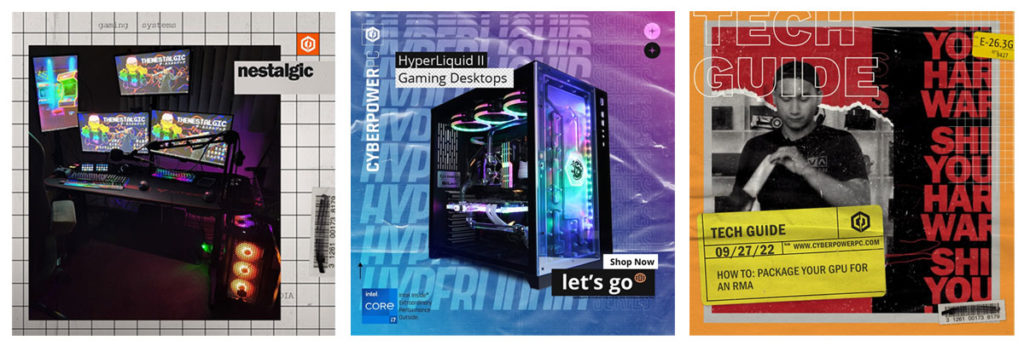
I get inspiration from the music he listens to and its winding connections to other aspects of youth culture. We don’t develop a new product that I don’t ask my son and his friends for their opinion on.
Because we have this unique relationship, he and his friend don’t hesitate to tell me what they think. In contrast, employees and co-workers might hesitate to give me an honest opinion.
Society May Have Changed, Yet Parent-Child Relations Are Still Decades Behind
Ironically, while we may have evolved socially and technologically, parents still fall into that archaic paradigm of thinking that they know better than their kids about what is good or bad and what the future holds.
I’m reminded of my father pushing me into a medical profession early in my youth, telling me that my passion for programming and video games “had no future.”
Even now, I still see my friends, who are parents themselves, doing the same, assuming that only they know what is suitable for their kids yet never really taking the time to become involved and understand them at a deeper level.
Understanding why they like what they like regardless of logic. After all, marketing and branding are driven significantly more by emotions than logic.
I want to argue that most things your kids are into have the potential to become something positive that will lead them to great success in the future and quite possibly give you a competitive edge you didn’t even recognize was there.
The key is just to be involved in their interest, hone it, make it something that you both can enjoy and when you truly understand it.
Only then can you guide them through it, sharing the journey with them. Kids really are the key to successful marketing and branding if you are willing to listen to them.
Key Considerations for Success
Cool Hunting
I remember a Frontline documentary called “Merchants of Cool” a decade ago, covering where cool ideas and trends emerged.
It focused on the success of MTV, which at the time was arguably one of the most popular networks of the time with hit series such as “The Real World,” “Punk’d,” and “Cribs,”.
When asked what was the secret to their success, they answered something along the lines of “We just asked young people what they liked and wanted, and then simply gave it to them, and next thing you know, they were eating it up as if we invented it, when all we did was just give them what they asked for.“
Always Listen and Act
One of the key successes behind this strategy was not just listening but acting upon the information. Be curious about what your children or target audience are into.
Use these insights to make calculated business decisions.
The Emotional Quotient
Understanding emotional drivers is crucial. Youth culture doesn’t always follow logic; it’s more often driven by emotion.
So, discard the traditional parent or marketer’s mindset and engage with them at an emotional level.
Don’t just emulate youth culture; immerse yourself in it. Understand it. Respect it. It’s not about cherry-picking elements from street fashion or the brutalist movement like we did, but integrating these into your marketing strategies.
Following your competition or industry leaders is certainly one option, but when you bring in elements that resonate with youth culture, you create something your competition wouldn’t even consider.
How to Apply This at Home
Play Detective
What games is your teen playing? What YouTubers are they watching? What social media platforms are they into? These aren’t trivial questions; they are your road map to understanding youth culture.
Engage, Don’t Preach
The idea is to engage them in their interests rather than imposing yours. If you want to get in the nitty-gritty of marketing to millennials or any young demographic, you’ve got to start by diving into their world first.
Execute Strategically
Once you have the information, act on it. In my case, that meant jumping on sponsorship with the influencers he was watching regularly and reallocating resources from traditional gaming trade shows to the Anime Expo. Why? Because that’s where the youth were flocking.
Beyond the Basics
Invest in Relationships
Taking it further, don’t just stop at your kids. Tap into their network. Their friends can offer a broader perspective and additional validation for your strategies.
Get Involved in Their World
Not only will this strengthen your family bonds, but it will also give you firsthand experience and understanding of what captivates your target audience.
Are you still figuring out the basics of youth marketing strategies? Fine, start by asking your kid what they’re watching on TikTok. If you’ve got that covered, dig deeper into engaging content ideas.
What subcultures are they part of? Which memes are they sharing? You’d be surprised how much valuable information you could gather.
Wrapping Up
So, parents and marketers, pay attention the next time your child wants to show you a meme, a YouTube video, or talk about what’s trending. You’re not just being a ‘cool parent’ but potentially unlocking secrets to unprecedented success.
My son changed my life and how I approach marketing, and I couldn’t be more grateful. Trust me, if you truly engage, you’ll realize kids aren’t just making noise; they’re making history.
MTV figured this out years ago. They just asked people what they liked and gave it to them, creating an illusion that MTV invented ‘cool.’ So, the secret to your next big break might just be a dinner conversation away. Listen up!
Ultimately, it all boils down to this: If you’re not paying attention to the youth, you’re not just missing out on great content or some trendy hashtags.
You’re missing out on a golden ticket to the future of marketing. You don’t have to navigate this terrain alone. Your teenager—the one who can’t seem to put down their phone—can be your greatest asset.
After all, who better to consult on marketing to youths than someone who is, you know, young?
And why should you listen to me? Because when it comes to bridging the generational marketing gap, I’ve been there, done that, and had a heck of a time doing it.
So, what are you waiting for?
Take your kid out to see their favorite musical group or play a game with them, whatever they are into, and start your journey into the ever-changing world of youth culture.
Trust me; it’s more rewarding than any PowerPoint presentation you’ll ever sit through.
Your best content discovery tools could be right under your nose.
Frequently Asked Questions
What is the content discovery method?
The content discovery method refers to techniques used to identify, categorize, and surface relevant content, often through search engines, recommendation systems, or algorithms tailored to user preferences often employed by content discovery platforms.
Why is content discovery important?
The content discovery process is important because it ensures that valuable content reaches its intended audience, enhancing user engagement satisfaction and potentially leading to increased retention or conversion rates.
What is a discovery platform?
A content discovery platform is a tool or service that facilitates the finding and accessing of specific content or information, streamlining the search process for users and often employing algorithms to recommend relevant content.
What are the benefits of discovery research?
Discovery research helps uncover user needs, preferences, and pain points, providing valuable insights to drive product or service development and ensuring alignment of new content with the target audience’s expectations.

